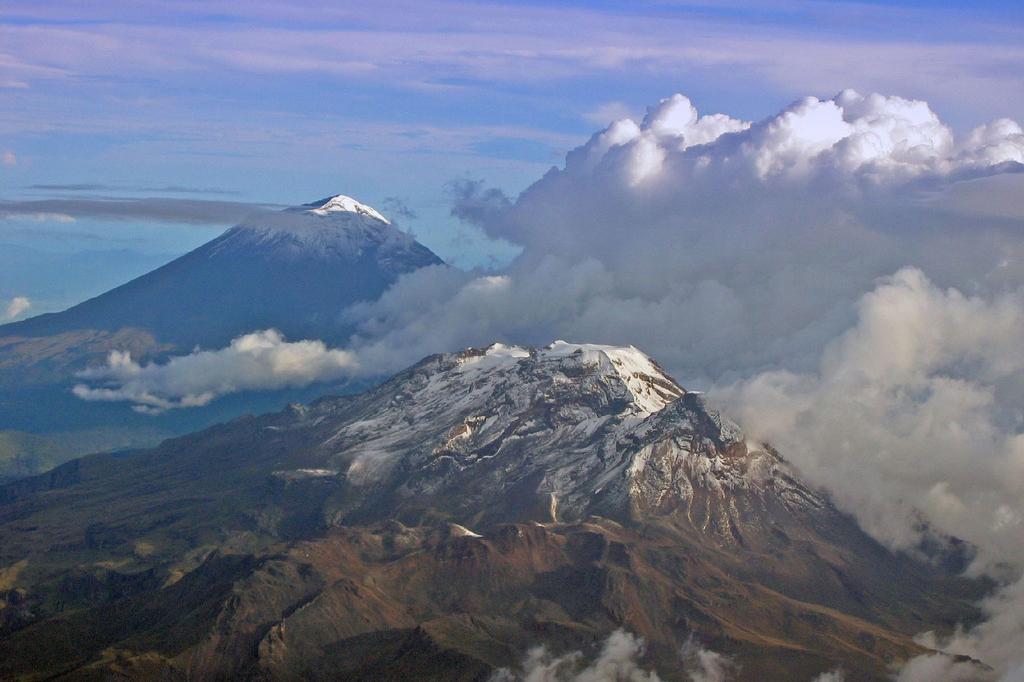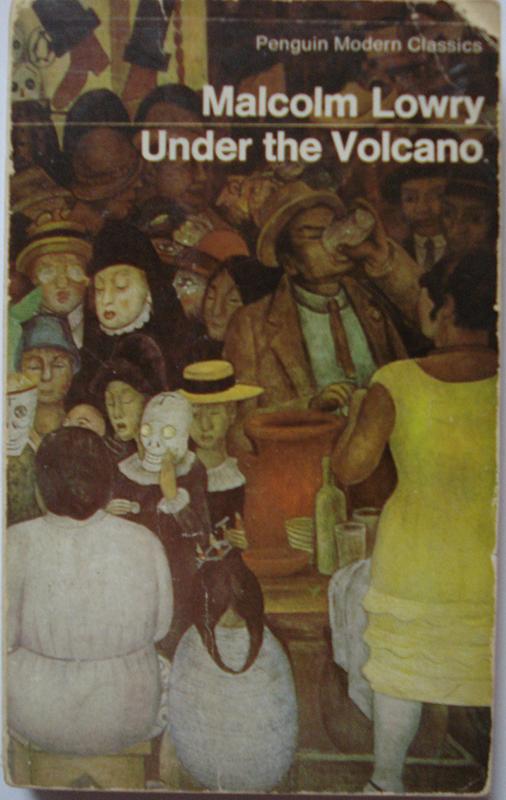The enduring power and tragedy of Malcolm Lowry’s ‘Under the Volcano’, 70 years on
How has Malcolm Lowry's novel stood the test of time?

Your support helps us to tell the story
From reproductive rights to climate change to Big Tech, The Independent is on the ground when the story is developing. Whether it's investigating the financials of Elon Musk's pro-Trump PAC or producing our latest documentary, 'The A Word', which shines a light on the American women fighting for reproductive rights, we know how important it is to parse out the facts from the messaging.
At such a critical moment in US history, we need reporters on the ground. Your donation allows us to keep sending journalists to speak to both sides of the story.
The Independent is trusted by Americans across the entire political spectrum. And unlike many other quality news outlets, we choose not to lock Americans out of our reporting and analysis with paywalls. We believe quality journalism should be available to everyone, paid for by those who can afford it.
Your support makes all the difference.Under the Volcano by the British novelist and poet Malcolm Lowry is considered one of the most influential novels of the 20th century. But given the wrangling that took place during the book’s development, it’s a miracle that it was ever published.
The book took Lowry years and many rewrites to complete, and even then faced many rejections. In a famous letter to Jonathan Cape, who eventually published the book in 1947, Lowry remains defiant. He was an expert letter writer and often spent more time on these than on his novels.
The publisher had suggested various rewrites to the manuscript, and Lowry replied with a 32-page response detailing precisely (and with consummate literary skill) how and why it was not possible for him to change a word, how all of it was “absolutely necessary”.
Incredibly, the publisher relented.

When the novel finally came out, it unhappily clashed with the publication of The Lost Weekend by Charles R Jackson, another tale of a hopeless alcoholic (adapted into a successful film by Billy Wilder). Nevertheless, critics hailed the novel as a masterpiece and Lowry was contracted for his next book.
For a brief time, Under the Volcano was even a set text for anyone studying English language and literature. But Lowry never recovered from the strain of having to follow up his classic work. He could not, as it were, scale and conquer such a monumental peak again.
2017 marks the 70th anniversary of the novel’s publication, and the 60th anniversary of the death of its author. A conference on Malcolm Lowry is being held in his birthplace of Liverpool to commemorate this anniversary, and to explore the legacy that Under the Volcano has left.
A life and death in Mexico
The novel, set in Mexico on the Day of the Dead in 1938, details the final 24 hours in the life of a doomed British consul named Geoffrey Firmin. Firmin, a chronic alcoholic, is clearly based on Lowry himself, who, lacking the conventional work ethic and social conformity expected by his strict Methodist father, battled problems with drink and depression all his life.
Firmin’s attempts at holding together a marriage, a career, and the promise and duty of his privileged upbringing against the backdrop of a looming World War ends in utter catastrophe.
The novel, retelling the previous year of Firmin’s shambolic life, details the psychology of a personal collapse as Firmin tries to escape a violent world he cannot understand. The volcano in the title actually refers to two volcanoes, the still-active Popocatepetl and dormant Iztaccihuatl, which loom ominously over the town of Quauhnahuac – more commonly known as Cuernavaca – south of Mexico City, where the events of the book are set.
One of the underlying themes of the book is the occult. Numbers fascinated Lowry, and the 12 chapter structure of the novel is significant. As Lowry explained in his letter to Cape, this represents the 12 hours in a day (most of the action happens on a single day) and the 12 months of the year (the novel also looks back over the previous year).
The novel uses Nietzsche and Ouspensky’s concept of eternal recurrence or circular time: it opens in the present day, but then spools back to the same point a year earlier, giving the sense that Firmin is repeating the same futile trajectory over and over again.
Lowry was a student of the esoteric Jewish Kabbalah sect, within which the number 12 is of symbolic importance. “I have to have my 12,” Lowry argues, since “it is as if I hear a clock slowly striking midnight for Faust”.
Another theme is the hallucinatory aspect of the novel, which fascinated subversives – particularly in France where the translated version was, and still is, warmly received. Lowry vividly recounts Firmin’s numerous mescal-infused visions, and the final tragic scenes of the novel pass by as if a dream, or more accurately a nightmare.
The French avant-garde lettrist and situationist writers were so taken with Under the Volcano that they devised various drinking games to mimic the Consul’s nocturnal ramblings.
These consciousness-altering adventures, chaotic rejections of the status quo, were later theorised as the “dérive” (drift) and formalised in the practice of psychogeography – a now somewhat fashionable technique for academics and novelists such as Will Self and Iain Sinclair.
Art imitating life
Lowry’s own personal fate echoed that of his writing. In many ways, Lowry did not help himself. Many of his key works were lost, mislaid, forgotten or destroyed by fire – Lowry admitted in a letter how that particular infernal element seemed to “follow him around”.
His only respite was his brief time living in a shack near Dollarton, Vancouver. Photographs of him near the end show a man hollowed out by existence. He died in mysterious circumstances aged 57 in Ripe, Sussex.
Under the Volcano is a difficult modernist work to get into, and was soon dropped from the teaching curriculum. Yet it has inspired film adaptations – including John Houston’s 1984 film starring Albert Finney and Jacqueline Bisset – cabarets, and even a jazz suite.
A small group of dedicated scholars from North America is developing new perspectives on Lowry, including critical editions of his lost novels Swinging the Maelstrom, In Ballast to the White Sea and an earlier version of his masterpiece Under the Volcano, together with a brand new set of essays, Malcolm Lowry’s Poetics of Space.
Meanwhile, writers, poets and artists from Lowry’s hometown, Liverpool, have issued a handsome tome, Malcolm Lowry: From the Mersey to the World, about the global dimension to Lowry’s work.
Under the Volcano may be neglected – but to anyone of a certain age it has a powerful resonance, and still has the power to enthrall new generations of readers today.
Mark Goodall is the head of film and media at the University of Bradford. This article was originally published on The Conversation
Join our commenting forum
Join thought-provoking conversations, follow other Independent readers and see their replies
Comments